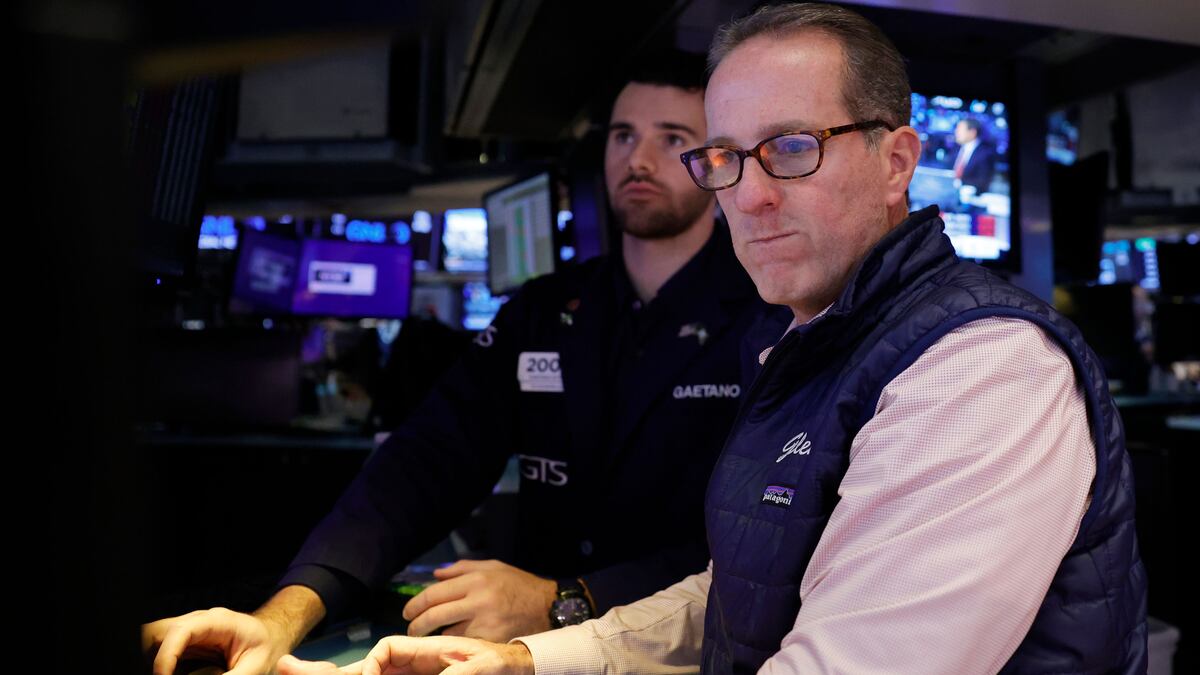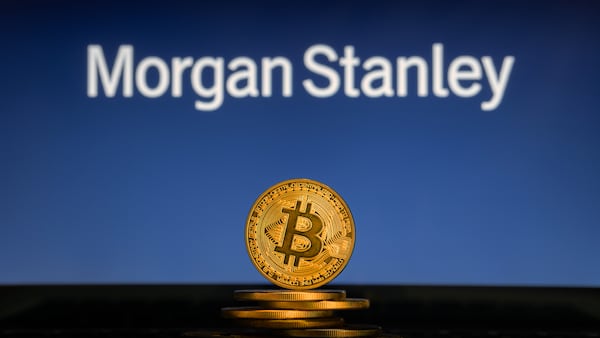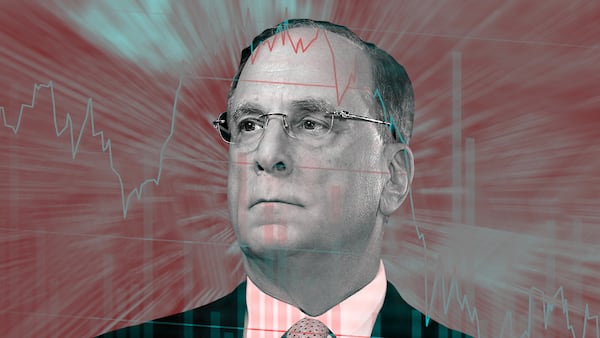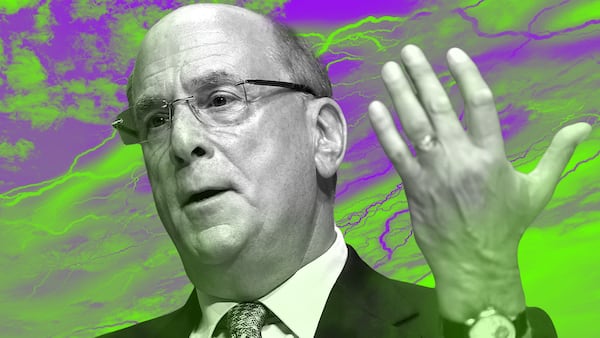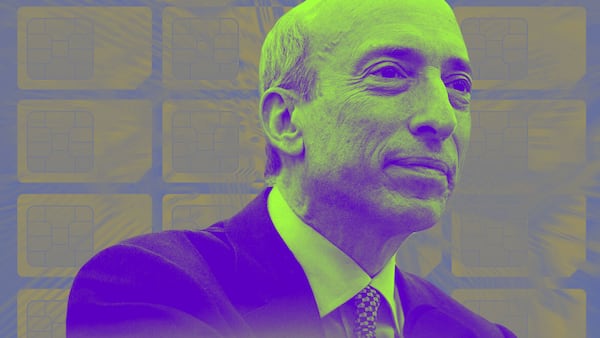- As Bitcoin flirts with all-time high ETFs provide investors with a market neutral trade.
- Pro traders exploit the discrepancy between spots prices and Bitcoin futures.
- A similar trade can be applied to Bitcoin perpetual futures.
When Bitcoin crested at $69,100 on Tuesday, its highest point since the last bull market peaked in November 2021, all eyes turned to the ETFs launched earlier this year as a key driver.
Sure enough, record-breaking inflows into Bitcoin spot exchange-traded funds have been huge — BlackRock’s fund alone hit $10 billion in assets on March 1, less than two months after it went live.
Yet Bitcoin ETFs are doing more than drive up the market — they are also providing new trading opportunities.
Case in point is the so-called “basis” trade. A so-called “market neutral” stratagem, it allows traders to pocket money without taking any directional bet on a specific asset.
The basis trade
Under the trade, Bitcoin investors can either buy coins on the spot market, or take on leverage — borrowing money with the aim of investing it.
One way they can take on leverage is through futures contracts. These instruments allow traders to buy or sell assets for a predetermined price at a specified future date. Futures contracts can be bought on exchanges like CME.
When demand is high, futures can become more expensive than the spot price. But this situation tends to last for a set period of time because both prices are bound to converge when the futures contract expires.
It’s this discrepancy, called basis, that traders target.
For example, if Bitcoin is trading at $50,000 but the corresponding futures contract is worth $55,000, then there’s a 10% price discrepancy between the two.
In that case, traders bet on whether the price of Bitcoin will catch up to the futures contract, or whether the futures contract will deflate and meet Bitcoin’s spot price.
If they believe the former, then they buy Bitcoin on the spot market and sell the futures contract. If they believe the latter, then they sell Bitcoin on the spot market and buy the futures contract.
This allows them to take advantage of the 10% price discrepancy between the spot price and futures price, without making any bets on whether Bitcoin itself will go up or down.
It’s not a free trade, however, since traders can still lose money by betting that Bitcoin spot will catch up to futures, and being wrong — or vice versa.
ETF applications
The Bitcoin spot ETFs make it possible for institutional investors in the US to profit from the basis trade without needing to use crypto outfits such as Coinbase.
Instead of acquiring spot Bitcoin on Coinbase, they can simply buy shares from one of the Bitcoin spot ETFs. And futures contracts can be obtained on CME, which is now the largest Bitcoin futures platform in the world.
If the funding rate is positive, traders who are long pay interest to the traders who are short. If the funding rate is negative, the opposite happens.
Greg Sutton, senior sales trader at Coinbase Institutional, said during a December market call that he expected the discrepancy between spot price and futures price would likely diminish after the ETFs were launched, since market makers will have more options to execute the trade.
That prediction has yet to play out, as the basis remains elevated. For example, it stands at around 6% for futures contracts expiring in June 2024, and 10% for March 2025.
“For some, the basis trade comes across as dull, as it is unleveraged,” Basile Maire, co-founder of decentralised derivatives exchange D8X and former UBS executive director, told DL News.
Perpetual contracts
A similar trade can be put together by using perpetuals, Maire explained.
Perpetual futures, often referred to as perps, are like futures contracts except they have no settlement date. Instead, they use a funding rate, the function of which is to help a perpetual contract’s price and spot price to converge over time.
If the funding rate is positive, traders who are long pay interest to the traders who are short. If the funding rate is negative, the opposite happens.
Perpetuals are popular in crypto trading and can be found on both centralised exchanges like Binance and decentralised exchanges like GMX.
With perpetuals, basis traders still buy spot and sell the contract to gain a market neutral position. However, instead of making money when both prices converge, they profit directly from the funding rate, which acts like an interest rate.
“Temporary rates above 50% of annual percentage yield on the perpetual position notional are not unseen when the masses [take] long positions” at peak mania, Maire said.
Then again, the strategy has its dangers. “Traders need to keep track of their position to avoid liquidation in perpetuals as prices move up and should be aware that the funding rate sign can flip,” Maire added.
Tom Carreras is a markets correspondent for DL News. Got a tip about crypto trading? Reach out at tcarreras@dlnews.com.
